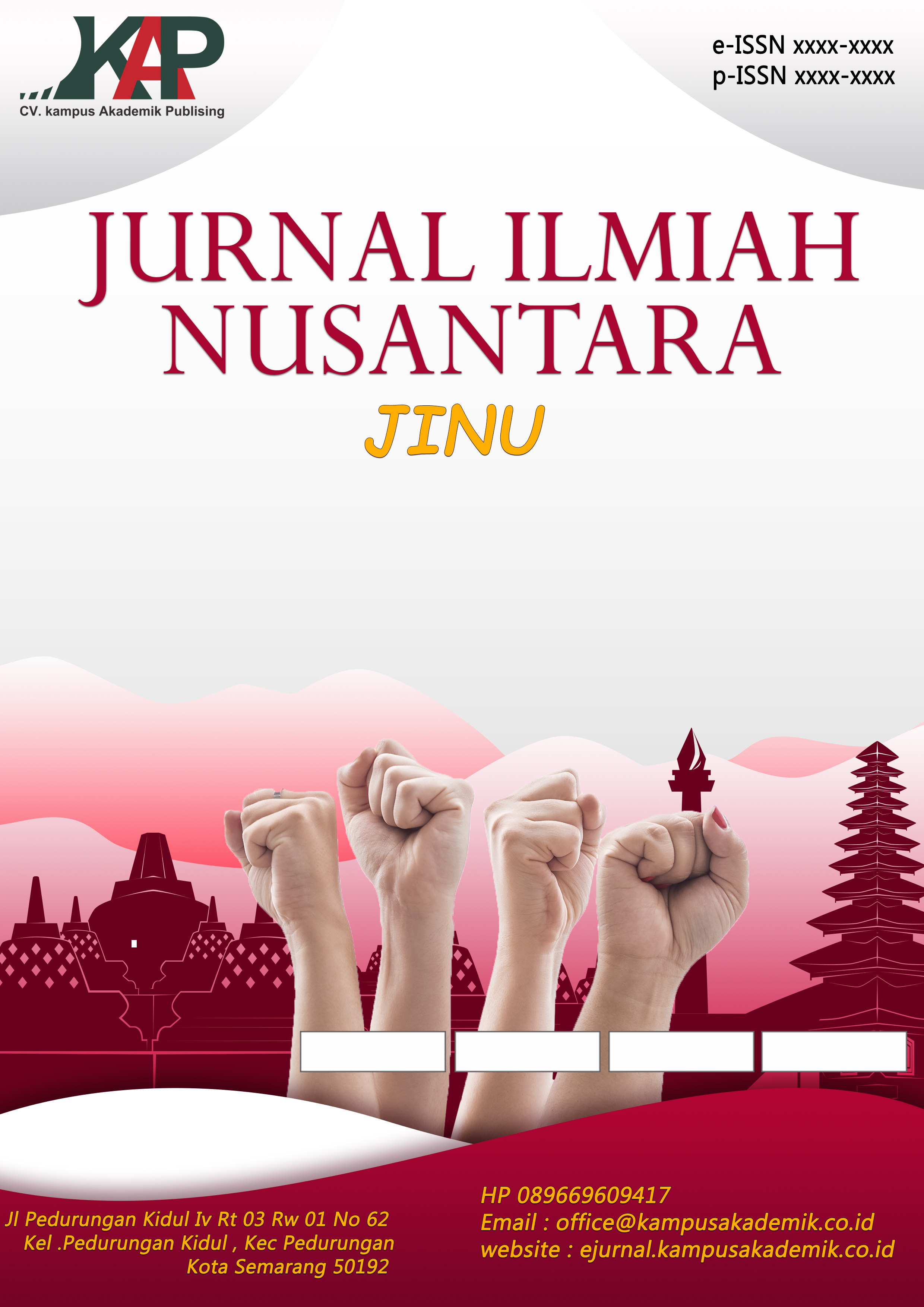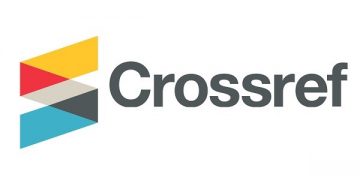MENINGKATKAN PEMAHAMAN TENTANG GAYA BELAJAR SISWA SMA MELALUI METODE THINK PAIR AND SHARE
DOI:
https://doi.org/10.61722/jinu.v2i6.6333Keywords:
Classical Guidance, Think Pair and share, Learning StyleAbstract
This study aims to determine the application of classical guidance services through the use of the think pair and share (TPS) method in providing understanding and classifying the learning styles of each participant in class X-1 of SMA Negeri 2 Kediri. The methodology adopted in this study is called a quantitative approach, and to support the research, the author uses a research method with the use of numerical data that can be searched using classroom action research. Based on the implementation of the services provided, there is an increase in students' understanding of learning styles. Students who have an understanding of their learning styles are 79%, and 9 students with a percentage of 21% have a significant increase in scores related to students' understanding of learning styles. Qualification data shows that students have a visual learning style of 20 students with a percentage of 48%, followed by auditory covering 20 students with a percentage of 48% and the remaining 2 students or 4% have a kinesthetic learning style. Overall, this approach not only helps provide an understanding of students' learning styles, but also has a positive impact on students' personal development, communication skills, and social relations. Based on this, the TPS method can be used as an effective and innovative strategy to help students to provide understanding and classify student learning styles.
References
Artikel Jurnal
Bimbingan Konseling, Fakultas Ilmu Pendidikan, And Universitas Negeri Surabaya, “Siswa Smp Bimbingan Klasikal Bidang Karier Melalui Higher Order Thinking Skills ( Hots ) Pada Siswa SMP Ningsih Wulandari Abstrak” 111 (2014).
Brett Williams et al., Social Work Education : The Undergraduate Social Work Students Learning Style Preferences of Undergraduate Social Work Students, Vol.32, No 8 (2012).
Dewi Nur Fatimah, “Layanan Bimbingan Klasikal Dalam Meningkatkan Self Control Siswa Smp Negeri 5 Yogyakarta,” Hisbah: Jurnal Bimbingan Konseling Dan Dakwah Islam 14, no. 1 (2017): 25–37, https://doi.org/10.14421/hisbah.2017.141-03.
Khoirudin & Supriyanah, ‘Analisis Persepsi Konsumen Dan Harapan Terhadap Produk Inovasi Boba Bonggol Pisang’, Jurnal Inovasi Dan Kreativitas (JIKa), 1.2 (2021), h. 64–76.
Muhamad Alfi Khoiruman, ‘Analisis Hambatan Pembelajaran Bahasa Indonesia Di Sekolah Dasar’, Kajian Linguistik, 9.2 (2021), h. 51–62. 5
Rita Oktavia, Hubungan Gaya Belajar Dengan Minat Belajar Pada Peserta Didik Kelas VIII Di SMPN 17 Bandar Lampung Tahun Pelajaran 2017/2018.
Sri Kasmirawati, Skripsi Hubungan Antara Gaya Belajar Dengan Prestasi Belajar Peserta Didik Kelas VIII SMP Negeri 1 Batudara Kabupaten Gorontalo.
Artikel Prosiding
Working Paper
Disertasi/Tesis/Paper Kerja
Buku Teks
Adi Gunawan, Genius Learning Strategy Petunjuk Proses Mengajar (Jakarta: Gramedia Pustaka Utama, 2004),h.142
Alisuf Sabri, Psikologi Pendidikan, (Jakarta:Pedoman Ilmu Jaya,1996),h.102
B.R. Hergenhahn & Matthew H. Olson. (2008). Theories of Learning. New York: Pearson Education
Bloom, B.S. (2001). A Taxonomi for Learning Teaching and Asesing a Revision of Blooms Taxonomi of Education Objective. New York: McKay
Bobbi Deporter Hernacki, Quantum Learning (Bandung: PT. Mizan Pustaka, 2016),h.110
Hamzah B Uno, Orientasi Baru Dalam Psikolog Pembelajaran (Jakarta: Bumi Angkasa, 2012),h.180
M Andi Setiawan Karyanti, Bimbingan Klasikal Berlandaskan Falsafah Adil Ka ’ Talino , Bacuramin Ka ’ Saruga , Basengat Ka ’ Jubata, 2019.
Muijs Daniel, Effektive Teaching (Yogyakarta: Pustaka belajar, 2008), h.307
Nur ghufron Rini Risnawita, Gaya Belajar Kajian Teoretik (Yogyakarta: Pustaka belajar,2012).
Nur ghufron Rini Risnawita, Gaya Belajar Kajian Teoretik (Yogyakarta: Pustaka belajar, 2012),h.42-43.
Reid, Gavin. (2005). Learning Style and Conslusion. California: Paul Chapman Publishing
Laporan Instansi/Lembaga/Organisasi/Perusahaan
Artikel Surat Kabar/Majalah
Sumber dari internet dengan nama penulis
Sumber dari internet tanpa nama penulis (tuliskan nama organisasi/perusahaan)
Downloads
Published
Issue
Section
License
Copyright (c) 2025 JURNAL ILMIAH NUSANTARA

This work is licensed under a Creative Commons Attribution-ShareAlike 4.0 International License.













